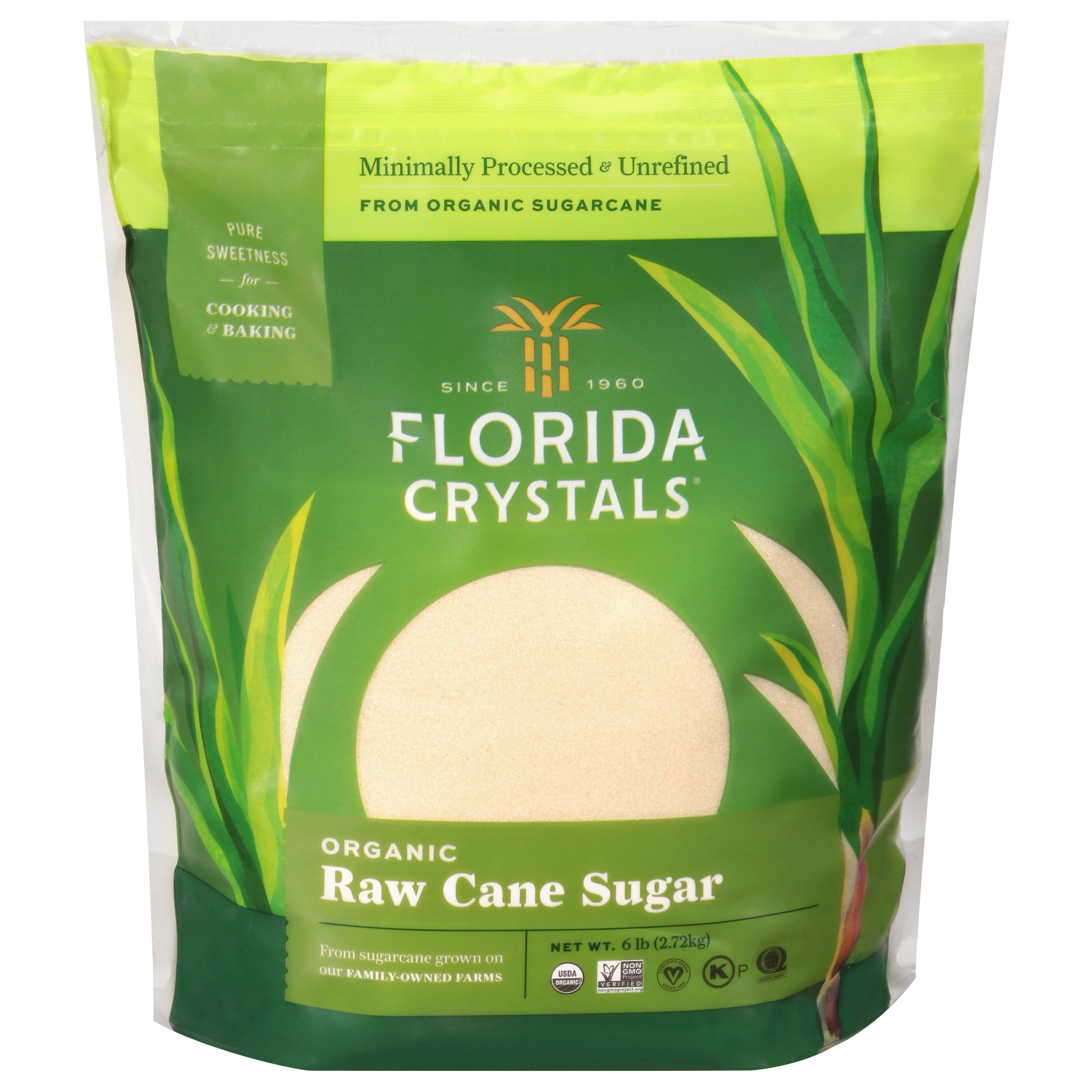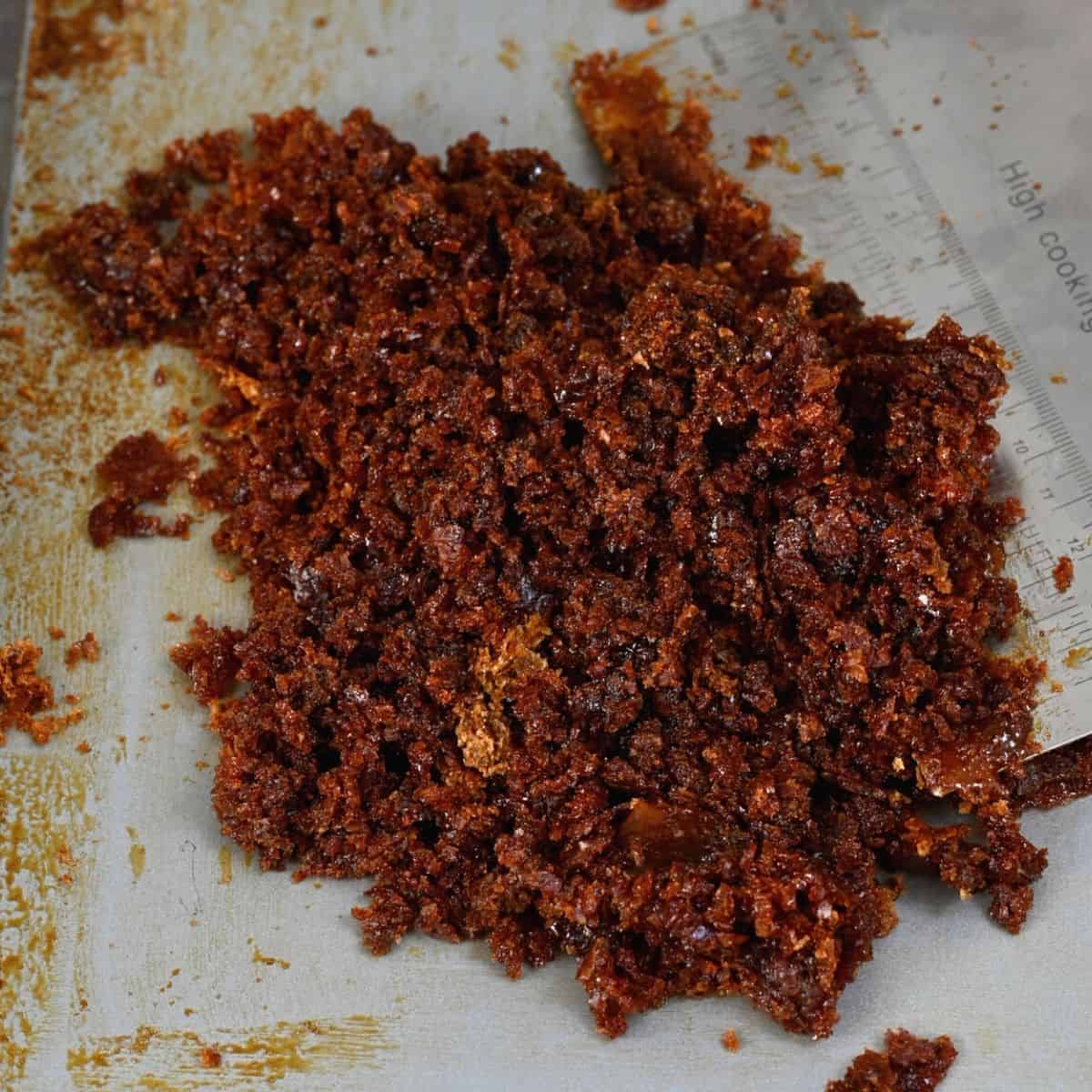Advanced Cane Sugar Processing: Enhancing Efficiency and Sustainability
Advanced Cane Sugar Processing: Enhancing Efficiency and Sustainability
Blog Article
A Thorough Overview to the Ecological Impact and Sustainability Practices in Walking Stick Sugar Handling
The ecological influence of walking cane sugar handling presents a complex range of difficulties that warrant mindful examination. From soil deterioration and extreme water use to the carbon impact related to farming and manufacturing, the effects of traditional methods are significant. On the other hand, the adoption of ingenious sustainability procedures provides a pathway towards much more responsible production techniques. Comprehending the interplay between these issues is critical for stakeholders in the sector. What details methods can be carried out to strike an equilibrium between productivity and ecological stewardship? The solutions hinge on a closer look at both the obstacles and prospective services.
Review of Walking Stick Sugar Handling
Walking stick sugar processing includes a collection of methodical actions that transform sugarcane right into refined sugar. At first, harvested sugarcane is transferred to refining facilities, where it goes through cleaning to eliminate dirt and debris. Following this, the walking cane is crushed to draw out juice, which is after that clarified by eliminating impurities with home heating and the addition of lime.
The made clear juice undergoes evaporation, where water is gotten rid of to focus the sugar content. These crystals are separated from the staying syrup making use of centrifugation, resulting in raw sugar.
The end product is after that dried and packaged for circulation. Throughout this entire process, keeping efficiency and quality assurance is important to guarantee the sugar satisfies sector standards. Each action in cane sugar processing not just adds to the end product but likewise has effects for resource use and waste generation, establishing the stage for discussions on sustainability and environmental effects related to sugar manufacturing.
Ecological Challenges of Production
The manufacturing of walking cane sugar offers numerous substantial ecological difficulties that warrant interest. One main worry is the substantial use agrochemicals, including fertilizers and pesticides, which can bring about dirt deterioration, biodiversity loss, and contamination of local water sources. The drainage from sugarcane areas usually brings these chemicals into close-by environments, interfering with water life and impacting the health of areas reliant on these water bodies.
An additional difficulty is the high energy consumption linked with sugarcane handling. The boiling and refining stages require substantial warm, primarily created by shedding nonrenewable fuel sources, adding to greenhouse gas discharges. Additionally, the large acreage required for sugarcane farming can cause deforestation and environment damage, more worsening climate adjustment and threatening wild animals.
Additionally, the labor practices in some areas raise moral issues, as workers might face bad working conditions and poor salaries. This scenario typically continues a cycle of destitution in regional areas. Cane Sugar Processing. Attending to these environmental difficulties is essential for creating more lasting practices in walking stick sugar manufacturing, eventually profiting both the atmosphere and the areas included in this sector
Water and Land Usage Influence
Water resources and land use are critical elements in the walking cane sugar industry that dramatically impact the atmosphere. The cultivation of sugarcane requires considerable water input, with price quotes suggesting that it can consume as much as 2,000 litres of water per kilo of sugar produced. This extensive use water often causes deficiency of local water resources, impacting not just the sugarcane plantations but also surrounding environments and communities that count on the same water sources for agriculture and residential usage.

Furthermore, land usage for sugarcane growing can lead to logging and the conversion important site of natural habitats right into monoculture ranches. This technique reduces biodiversity, disrupts neighborhood communities, and adds to dirt deterioration. The development of sugarcane fields usually intrudes on valuable agricultural land, developing competition for sources in between food and biofuel production.
Sustainable techniques, such as optimizing irrigation strategies and executing plant rotation, are crucial to reduce these influences. By adopting extra efficient water usage and land monitoring techniques, the walking stick sugar sector can lower its environmental footprint, making certain a balance between agricultural efficiency and environmental conservation.
Greenhouse Gas Emissions
Greenhouse gas exhausts stand for a substantial ecological problem within the cane sugar processing industry, particularly as agricultural practices expand to meet worldwide demand. The cultivation of sugarcane, a crop that thrives in tropical climates, relies heavily on synthetic fertilizers and pesticides, which add to laughing gas emissions. Additionally, land-use changes, including deforestation for new sugarcane vineyards, launch co2 saved in plants and dirt.
Throughout handling, energy consumption is another significant source of greenhouse gas emissions - Cane Sugar Processing. Numerous sugar mills utilize fossil gas to power machinery and generate warmth, leading to significant carbon impacts. In addition, the transportation of raw sugarcane and finished items adds layers of exhausts with fuel burning in cars
This involves examining current farming techniques, processing approaches, and transportation systems to determine areas for enhancement and mitigation. Attending to greenhouse gas emissions is essential for promoting an extra sustainable walking cane sugar industry in an altering environment.

Lasting Practices and Innovations
Sustainable practices and technologies are progressively vital in the walking cane sugar processing sector as stakeholders look for to reduce ecological impacts while keeping efficiency. One significant improvement is the application of incorporated plant administration, which maximizes source use by incorporating soil monitoring, bug control, and crop turning methods. This approach boosts yield while decreasing chemical inputs and protecting soil wellness.
Furthermore, the fostering of sustainable power resources, such as biomass from sugarcane residues, has actually acquired grip - Cane Sugar Processing. By converting waste products right into check these guys out energy, refining facilities can reduce their reliance on fossil gas, consequently lowering greenhouse gas exhausts
Water administration techniques have also seen enhancements via the recycling and reusing of water in processing plants, substantially reducing freshwater consumption. Advancements in modern technology, such as accuracy agriculture, allow farmers to monitor crop health and get redirected here wellness and source use better, making certain lasting cultivation methods.
In addition, qualification programs like Fair Profession and Rainforest Alliance encourage environmentally accountable farming methods and advertise social equity within the supply chain. By accepting these lasting methods and technologies, the cane sugar processing market can boost its strength and add favorably to environmental stewardship.
Final Thought
The ecological impact of walking stick sugar handling provides considerable difficulties, including soil destruction, high water intake, and greenhouse gas exhausts, along with honest issues associated to labor practices. Addressing these concerns via lasting practices, such as integrated plant administration, sustainable energy fostering, and water recycling, is essential. By advertising ecologically accountable and socially equitable methods in sugar manufacturing, the market can mitigate its damaging impacts, guaranteeing a more lasting future for both areas and environments associated with this sector.
Walking cane sugar processing includes a collection of methodical steps that change sugarcane into polished sugar. Each step in walking stick sugar processing not just contributes to the last product however also has effects for resource usage and waste generation, setting the phase for discussions on sustainability and ecological impacts connected with sugar production.
Greenhouse gas discharges represent a considerable environmental worry within the cane sugar handling industry, especially as farming practices increase to meet international demand.Lasting practices and advancements are increasingly essential in the cane sugar handling sector as stakeholders seek to reduce environmental influences while maintaining performance.The environmental effect of walking cane sugar processing offers considerable obstacles, including soil destruction, high water consumption, and greenhouse gas discharges, alongside honest problems associated to labor techniques.
Report this page